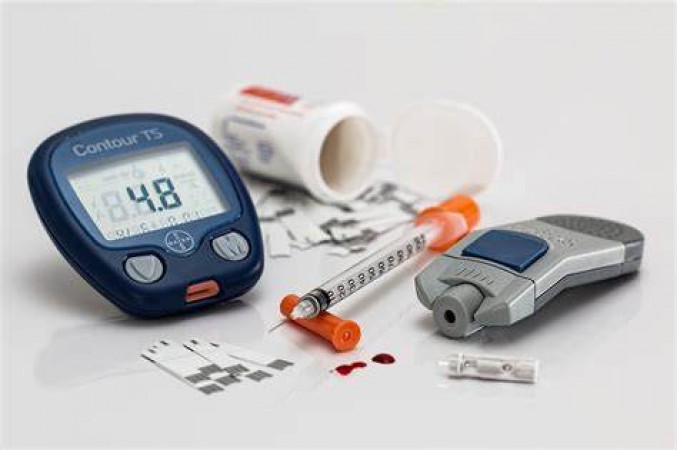
Fiber is a crucial component of our diet that plays a significant role in regulating blood sugar levels. In this article, we will explore how fiber exerts its control over blood sugar and delve into the top five food sources that can aid in this process.
Before we dive into the specifics of how fiber impacts blood sugar, let's grasp the basics. Blood sugar, or glucose, is the sugar present in your blood that provides energy to your body's cells. Maintaining stable blood sugar levels is essential for overall health.
Fiber is a type of carbohydrate found in plant-based foods, but it differs from other carbohydrates in one crucial way: it cannot be digested by the human body. Instead, it passes through the digestive system largely intact. This unique characteristic is what makes fiber a powerful tool in blood sugar control.
Fiber comes in two main types: soluble and insoluble. Both types have distinct effects on blood sugar.
Soluble fiber dissolves in water to form a gel-like substance. This type of fiber can help control blood sugar by slowing down the absorption of glucose in the bloodstream. It also reduces post-meal spikes in blood sugar levels.
Insoluble fiber, on the other hand, adds bulk to the stool and aids in regular bowel movements. While it doesn't directly impact blood sugar, it plays a vital role in overall digestive health, which indirectly contributes to blood sugar management.
Now that we understand the importance of fiber, let's explore the top five food sources that can help you maintain stable blood sugar levels.
To reap the benefits of fiber for blood sugar control, consider these practical tips:
Incorporating fiber-rich foods into your diet can be a game-changer in controlling blood sugar levels. By understanding the role of fiber and making wise food choices, you can promote stable blood sugar and overall well-being. Remember, moderation and consistency are key to reaping the benefits of this dietary powerhouse.
Hair is not getting long and thick even after a lot of effort, so here are some special tips